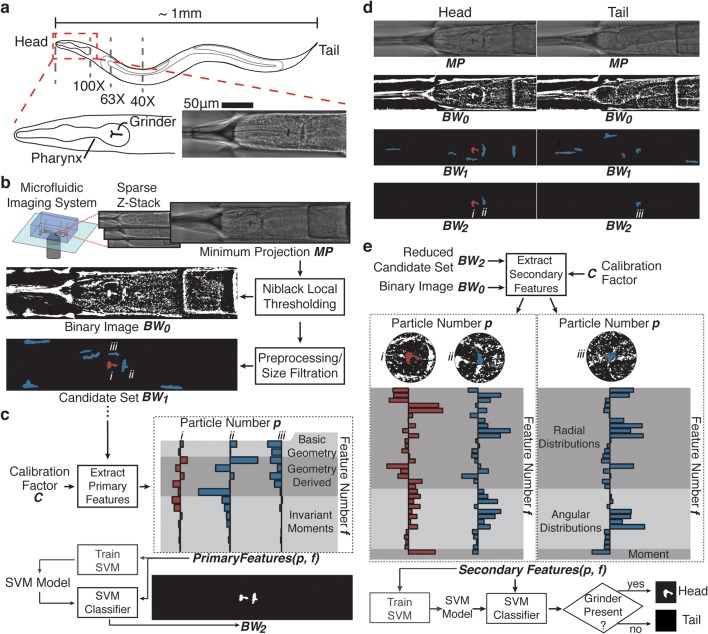Fig 2. Preprocessing and feature selection for head versus tail discrimination in C. elegans.
a) The limited field of view of high resolution imaging systems creates a need for spatial positioning along the anterior-posterior axis of the worm. As a landmark for orienting the A-P axis, the head of the worm is distinguished by the presence of the pharynx and a grinder structure (inset below). b) Preprocessing for bright field structural detection consists of minimum intensity projection of a sparse z-stack (MP) followed by Niblack local thresholding (BW 0) and preliminary filtration of segmented particles to generate candidates for subsequent classification (BW 1). c) In layer 1 of classification, computationally inexpensive, intrinsic properties of the candidates (BW 1) are calculated for SVM classification and reduction of the candidate pool (BW 2). d) Two example image processing sequences showing that while the shape-intrinsic features used in layer 1 of classification significantly reduces the candidate pool, it is insufficient for robust, specific identification of the grinder particle. e) From the reduced candidate pool, layer 2 of classification utilizes regional properties of the remaining candidates to distinguish the grinder from other structural and textural elements of the worm body with high specificity, making identification of the head possible on the basis of the presence of the grinder particle.

